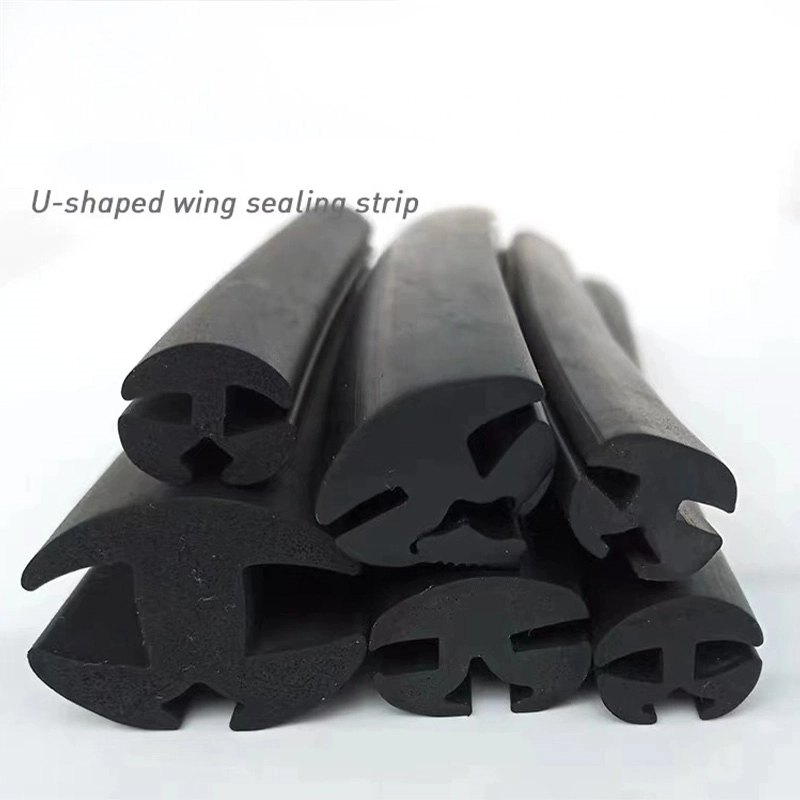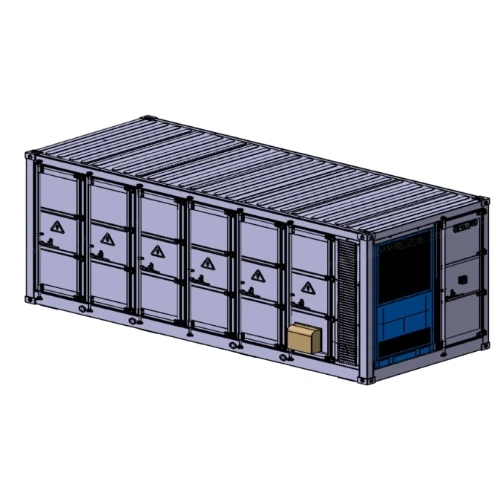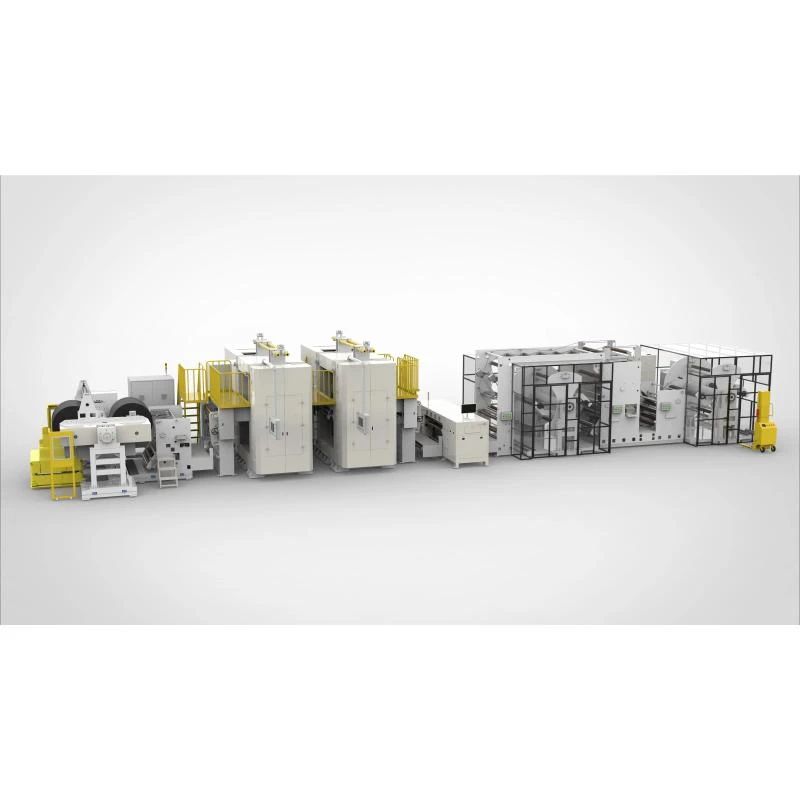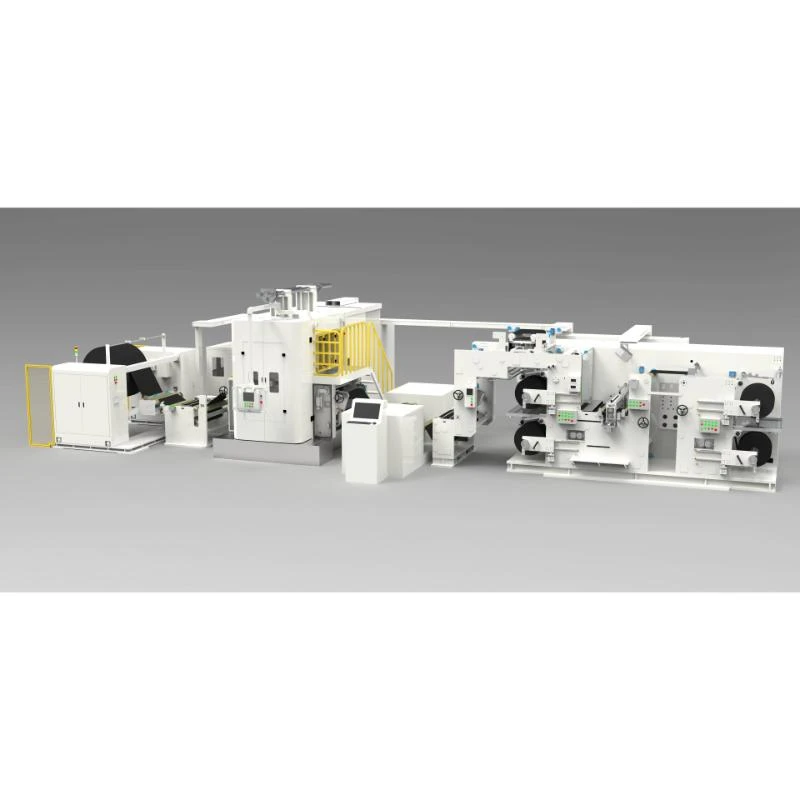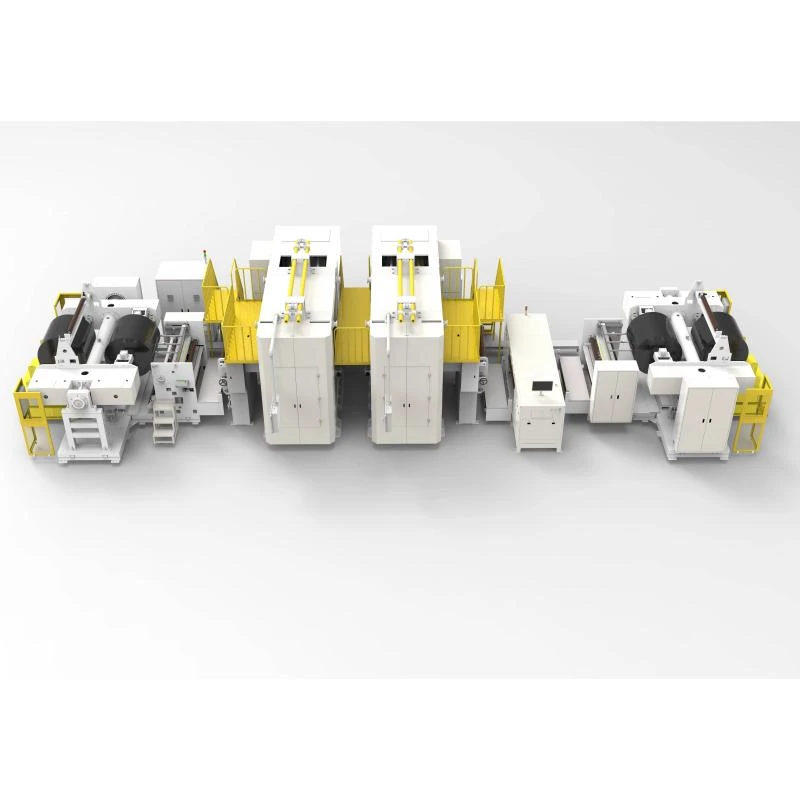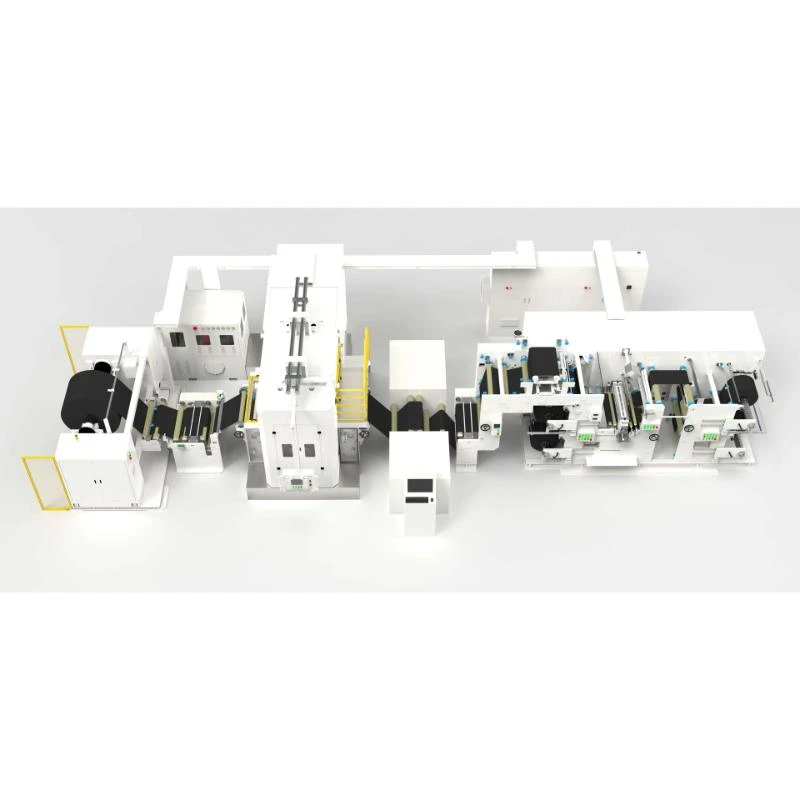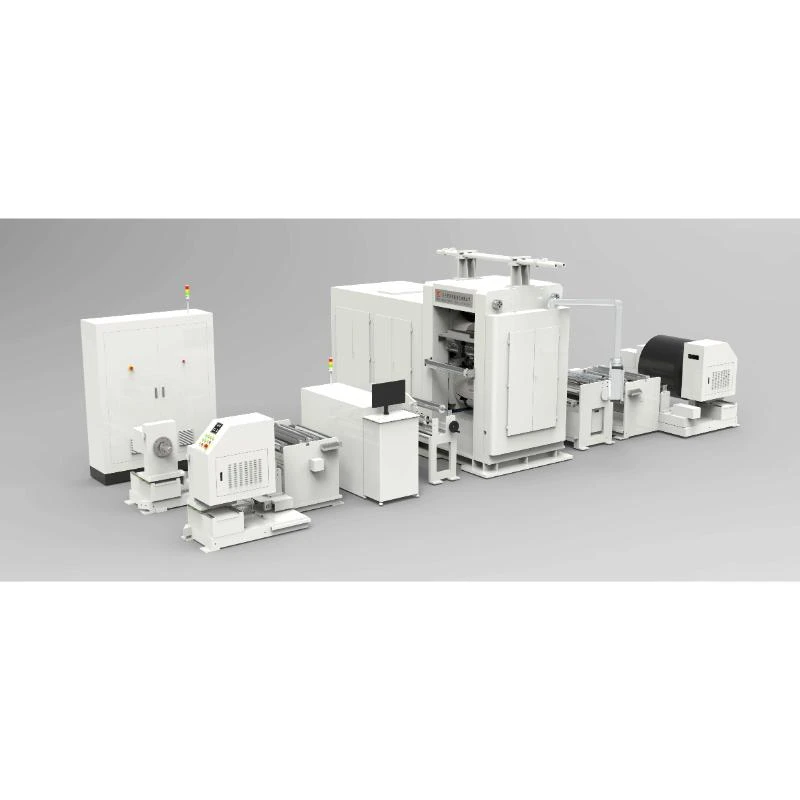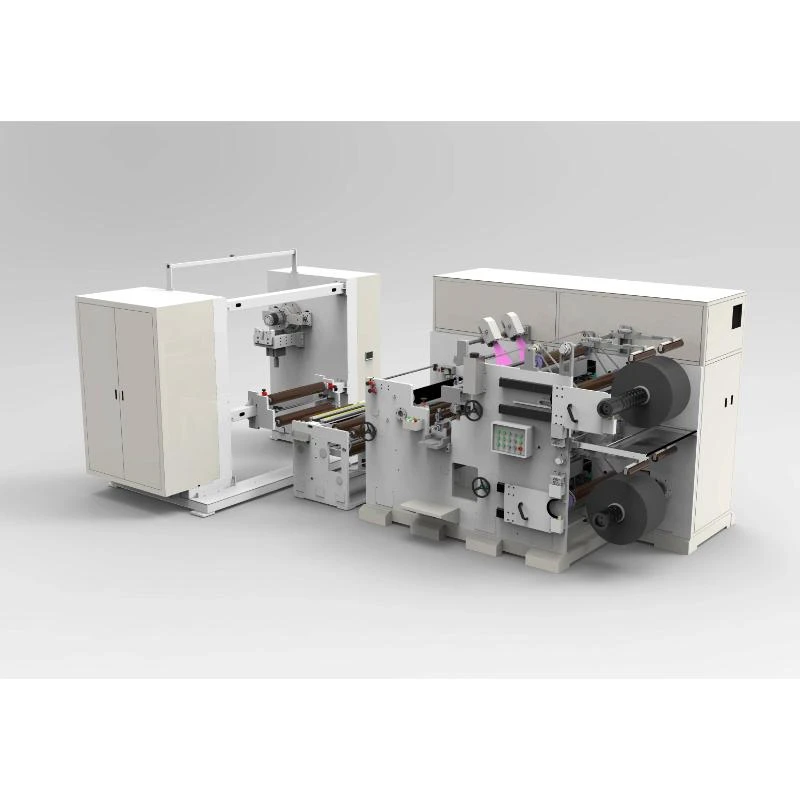Car Door Weather Seal Features and Benefits for Enhanced Vehicle Protection
Understanding Car Door Weather Seals Importance, Types, and Maintenance
Car door weather seals are an essential component of automobile engineering that often goes unnoticed. These vital seals are designed to protect the interior of the vehicle from external elements such as rain, dust, wind, and noise. In addition, they help maintain the vehicle’s climate control, improve fuel efficiency, and contribute to overall passenger comfort.
What are Weather Seals?
Weather seals, also known as door seals or gasket seals, are typically made from materials like rubber or foam. They are strategically placed around the car doors, windows, and other entry points of the vehicle. The primary function of these seals is to create a barrier against water, air, and various other environmental factors, ensuring that the interior remains dry and comfortable.
Importance of Weather Seals
1. Protection Against the Elements Weather seals are crucial in preventing rainwater from entering the car’s interior. A functioning seal ensures that water runs off the exterior of the vehicle without seeping inside, which can lead to mildew, corrosion, and unpleasant odors over time.
2. Noise Reduction One of the more appreciated benefits of effective weather seals is noise reduction. These seals help block out external noise from traffic, construction, and other sources, making for a more pleasant ride.
3. Temperature Regulation A good weather seal helps the vehicle maintain its internal temperature. This is particularly important in extreme weather conditions, where efficient heating or cooling can improve overall comfort levels for passengers.
4. Fuel Efficiency Leakage caused by worn-out seals can lead to air pressure imbalances that force the engine to work harder, thereby consuming more fuel. A well-sealed car helps improve aerodynamics and enhances fuel efficiency.
Types of Weather Seals
There are various types of weather seals depending on their application on different parts of the vehicle
1. Door Seals These are the most common type and are located around the vehicle's doors. They act as barriers against wind and rain and ensure that the cabin stays as insulated as possible.
car door weather seal
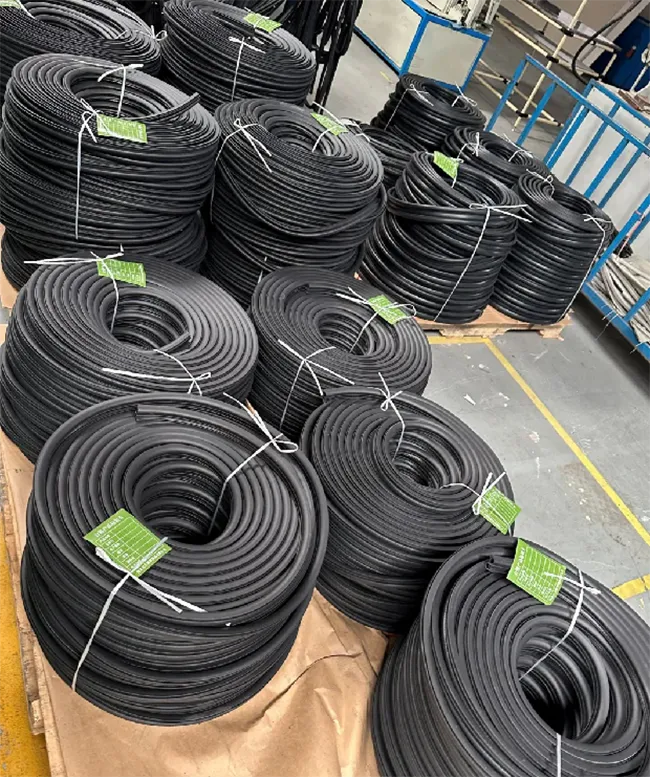
2. Window Seals Found around the windows, these seals prevent water and air leakage while also contributing to noise reduction.
3. Trunk Seals These seals are designed to protect the trunk from water intrusion, which is particularly important for keeping luggage and other belongings dry.
4. Hood and Engine Seals They prevent dirt and debris from entering the engine compartment, which can help prolong the life of various engine components.
Maintenance of Weather Seals
Regular maintenance of weather seals is crucial for optimal performance. Here are some practical tips to keep them in good condition
1. Cleaning Periodically clean the weather seals with a mild soap solution and a soft cloth to remove dirt and debris. Avoid using harsh chemicals that can degrade the rubber.
2. Lubrication Applying a silicone-based lubricant can help maintain the flexibility of rubber seals, preventing them from cracking or becoming brittle over time.
3. Inspection Regularly inspect the seals for signs of wear and tear, such as cracks, gaps, or areas where the material has worn thin. Early detection can help prevent more extensive damage.
4. Replacement If you notice significant wear or if the seals are no longer providing a proper fit, it may be time to replace them. Consult a professional to ensure proper installation.
Conclusion
Car door weather seals play a significant role in enhancing the overall experience of driving. They offer vital protection against external elements, improve comfort levels through noise reduction and temperature control, and contribute to greater fuel efficiency. By understanding their importance and learning how to maintain them, vehicle owners can ensure their cars remain in top condition, ultimately prolonging their lifespan and enhancing the driving experience. Investing time in the upkeep of weather seals not only provides immediate benefits but also safeguards the vehicle against potential long-term issues related to moisture and air leakage.
Share
-
The Best Lubricants for Aluminum Roller GuidesNewsJul.23,2025
-
Slitting Machine Applications in the Packaging IndustryNewsJul.23,2025
-
Rolling Roller Balancing Techniques for Smooth OperationNewsJul.23,2025
-
How To Optimize An EV Battery Assembly LineNewsJul.23,2025
-
Energy Efficiency in Modern Battery Formation EquipmentNewsJul.23,2025
-
Automation Trends in Pouch Cell Assembly EquipmentNewsJul.23,2025
